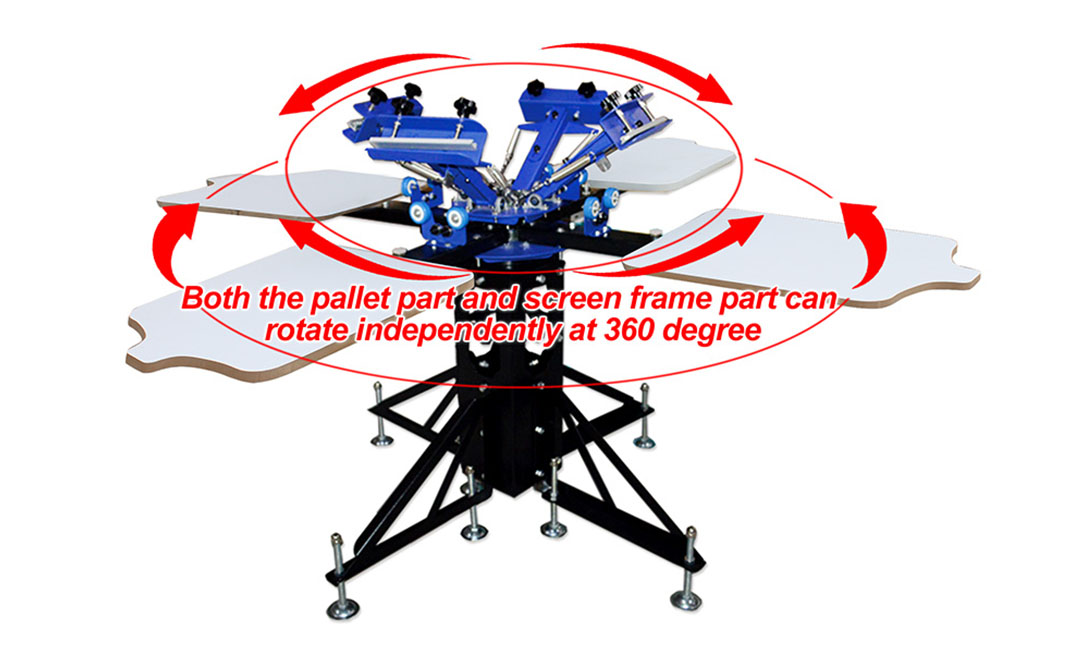How to Get the Best Results with a Lick 4-Color Garment Screen Printing Machine
Choosing the Right Ink for Vibrant Prints
When it comes to achieving vibrant prints with a Lick 4-Color Garment Screen Printing Machine, selecting the right ink is a critical factor that can significantly influence the final outcome. The choice of ink not only affects the color vibrancy but also impacts the durability and feel of the printed garment. Therefore, understanding the different types of inks available and their respective properties is essential for any screen printing operation.

To begin with, plastisol ink is one of the most commonly used inks in the screen printing industry. This type of ink is known for its excellent opacity and vibrant color reproduction, making it an ideal choice for achieving bright prints on dark fabrics. Plastisol ink sits on top of the fabric rather than soaking into it, which allows for a rich, glossy finish. However, it is important to note that plastisol requires curing at high temperatures to set properly, which necessitates the use of a conveyor dryer or heat press. This curing process not only ensures that the ink adheres well to the fabric but also enhances its durability, making it resistant to fading and cracking over time.

In contrast, water-based inks offer a different set of advantages. These inks penetrate the fabric fibers, resulting in a softer feel and a more natural appearance. Water-based inks are particularly suitable for printing on lighter fabrics, as they tend to be less opaque than plastisol inks. While they may not provide the same level of vibrancy on dark garments, they are an excellent choice for achieving a vintage or distressed look. Additionally, water-based inks are more environmentally friendly, as they contain fewer harmful chemicals and solvents. However, it is crucial to ensure that the fabric is pre-treated properly to achieve optimal adhesion and color vibrancy.
Another option to consider is discharge ink, which is specifically designed for printing on dark fabrics. Discharge inks work by removing the dye from the fabric and replacing it with the desired color. This process results in a soft print that feels like part of the fabric itself, offering a unique tactile experience. However, discharge printing requires a specific type of fabric, typically 100% cotton, and may not be suitable for all printing applications. Moreover, achieving vibrant colors with discharge inks can be challenging, as the final color is influenced by the original dye of the fabric.
Furthermore, it is essential to consider the color mixing capabilities of the chosen ink. For those looking to create custom colors or achieve specific shades, understanding the ink’s mixing properties is vital. Plastisol inks, for instance, can be easily mixed to create a wide range of colors, allowing for greater flexibility in design. On the other hand, water-based inks may require more expertise in color mixing, as they can behave differently when combined.
Ultimately, the choice of ink will depend on various factors, including the type of fabric, the desired finish, and the specific requirements of the print job. By carefully evaluating these elements and selecting the appropriate ink, screen printers can ensure that they achieve vibrant, high-quality prints that meet their clients’ expectations. In conclusion, understanding the characteristics of different inks and their applications is crucial for maximizing the potential of a Lick 4-Color Garment Screen Printing Machine, leading to successful and visually striking results.
Pre: A Complete Guide to Using a Micro Adjustable 4 Color 4 Station Screen Printing Machine
Next: Lick 4-Color Garment Screen Printing Machine Review: Is It Worth the Investment?
Tags: